Note: This post contains affiliate links which means if you click on a link and purchase an item, we will receive an affiliate commission at no extra cost to you.
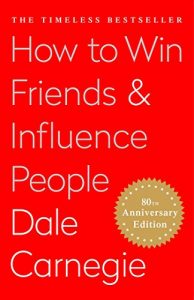
Why This Book Matters:
Since 1937, this classic book has taught millions of people the simple yet powerful strategies everyone needs to know to be more likable, persuasive, and effective.
Key Takeaways:
- If you want others to think you are interesting, all you have to do is be a good listener
- Asking others about themselves makes them feel valued and establishes a foundation on which deeper connections can flourish.
- Example: The author was once at a cocktail party and listened eagerly to a botanist for hours. At the end of the conversation, the botanist told him what an interesting conversationalist he was even though he didn’t say much at all during the conversation.
- If you want someone to do something or to like you, talk about what interests them
- Make an effort to find out about other people’s interests and values in order to influence them.
- Example: You may like strawberries, but if your goal is to catch a fish, don’t bait your hook with strawberries.
- Go out of your way to compliment things that you appreciate about other people
- People are driven by encouragement and feeling appreciated, whereas they will be defensive and fight back against criticism.
- Example: Ralph Waldo Emerson said that every person in the world was superior to him in some way, so he made it a point to always learn from other people when he found the areas where they flourished.
- Win people over simply by saying their name
- Your ability to remember and use people’s names when you see them will instantly demonstrate that you care about them as individuals.
- Example: To remember names better, listen and say their name several times during the initial conversation and then write it down afterward.
- Get people on your side with little “yesses” and then move to bigger “yesses”
- People are more likely to say yes to larger favors if they grant smaller favors first.
- Example: People who first signed a petition for animal rights were more likely to agree to work at the animal shelter than people who were not asked to sign the petition first.
- Motivate others to change by identifying your own errors and bringing indirect attention to their behavior
- If you want to get someone to act differently, relate to them by sharing how you have behaved similarly and how your change in behavior has benefited you.
- Example: If you are concerned about your daughter speeding, tell her how you used to speed but stopped because you almost caused an accident once.
- When you want to change someone’s ways, shower them with praise and they will want to live up to the reputation you create for them
- You won’t influence by criticizing, but people will want to live up to the compliments you give them.
- Example: President McKinley’s speechwriter once gave him a speech he didn’t like but the writer thought was excellent. McKinley talked about certain occasions it would be perfect for and only then highlighted the necessary changes for the current scenario. The writer still felt valued and was happy to adapt the speech.

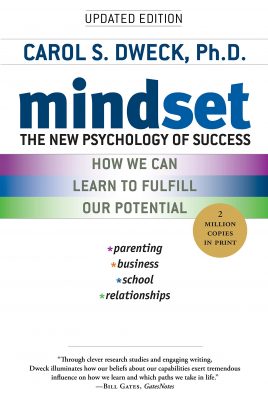
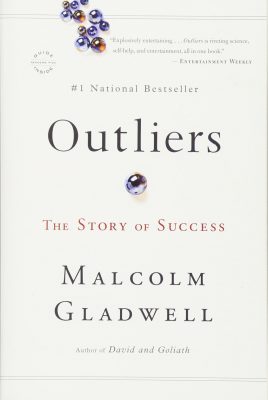
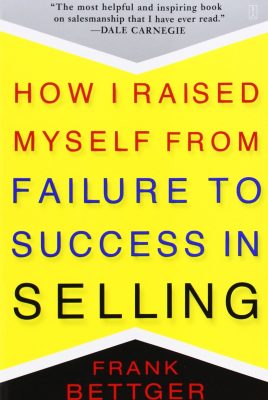

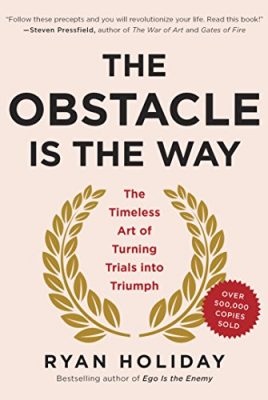

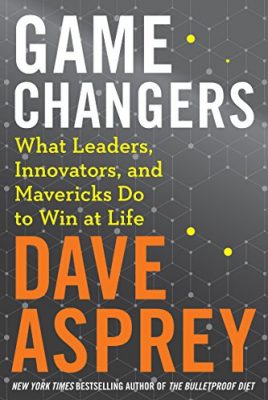
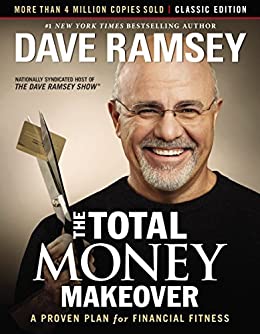
Leave a Reply
View Comments